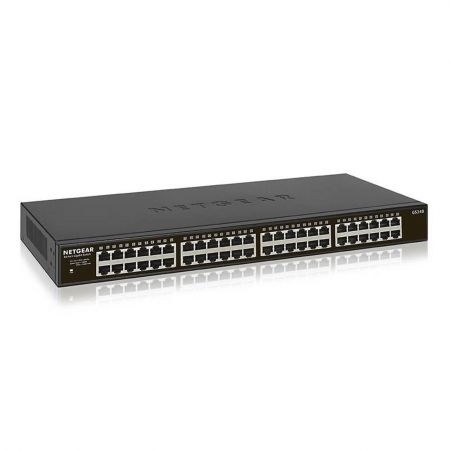Prioritize Voice/Video
With the ability to set up and configure QoS, these Gigabit Plus Switches can detect different types of network traffic and assign the desired priority to latency-sensitive traffic, such as voice and video. This helps improve the delivery quality of related applications such as VoIP, multimedia broadcasting, and video conferencing.
Build Multiple Network Groups
These Gigabit Plus Switches can help divide big networks into smaller more manageable groups and have resources dedicated for one or several groups rather than making the same resources open to all. This feature improves overall network performance, adds security to network traffic, and makes more efficient use of network resources.
Troubleshoot Cable Problems
All Gigabit Plus Switches come with a cable diagnostic feature that enables users to easily find out the health status of their network cables. If there are any problems, this feature helps quickly locate the point where the cabling fails; allowing connectivity issues to be fixed much faster, potentially saving technicians hours of troubleshooting.
IGMP Snooping for Optimized Multimedia Traffic Delivery
By listening in on the IGMP conversation between hosts and routers, the Gigabit Plus switch can maintain a map as to which links need which IP multicast streams. The switch will be able to forward multicast traffic only to the links that have asked for them and cut multicast traffic from links that do not contain a multicast listener. Essentially, IGMP snooping helps optimize multicast performance at Layer 2 and is especially useful for bandwidth-intensive IP multicast applications such as IPTV.



